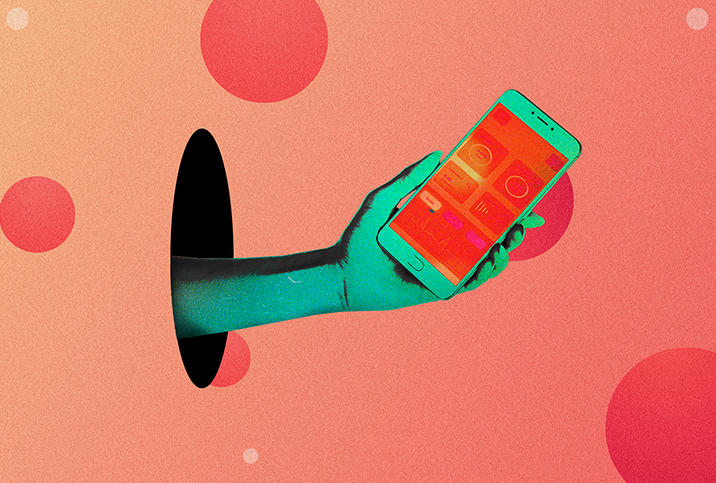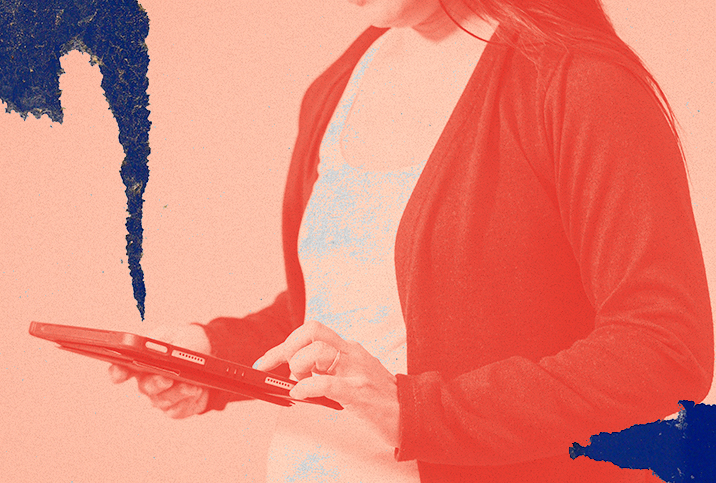What Healthcare Providers Think About Telemedicine

People are heading out to bars, restaurants and concerts again, but is life truly back to normal? Take healthcare, for example. Thanks to telemedicine, how we conduct doctor's appointments will likely never be the same. No longer will we wait in a crowded waiting room for a few minutes of attention. Instead, we're sitting at home watching for a text message with an instant video link to our appointment.
In fact, a 2021 report published by the U.S. Department of Health and Human Services indicated the share of Medicare visits conducted through telehealth in 2020 increased 63-fold, from about 840,000 telehealth visits in 2019 to about 53 million the following year.
The best alternative
Planned Parenthood Federation of America realized early that the pandemic would upend all aspects of life and work, including its healthcare providers. Similar to the rest of the healthcare community, the organization had to find alternatives to provide care for people, said Krishna Upadhya, M.D., vice president of quality care and health equity at Planned Parenthood.
"As the nation's leading provider of sexual and reproductive healthcare, we at Planned Parenthood recognized at the start of the pandemic that we had to continue to provide care because no one stops needing sexual and reproductive healthcare in a public health crisis, but we would have to do it in new ways," Upadhya said.
The need for continued service was crucial, as the new public health crisis worsened preexisting ones, such as the epidemic of sexually transmitted infections (STIs). In an effort to continue assisting people, Planned Parenthood began to improve and expand its telehealth services. Upadhya noted, however, that telehealth wasn't accessible to everyone due to existing inequities.
"Barriers to care through telehealth include limited access to the internet," she explained. "Also, state restrictions…continue to create unnecessary boundaries that disproportionately affect Black, Indigenous and Latino communities as well as people with low incomes. This is why we're doing all we can to meet the needs of our patients, whether we provide services in person, online or by phone. And we support telehealth industries working on a more equitable telehealth infrastructure."
'My caseload doubled with telehealth'
Kate Balestrieri, a sex therapist, said the switch to telehealth transformed her life on an individual level. Prior to the pandemic, Balestrieri co-managed a group practice with a colleague, but when the pandemic hit, they were forced to abandon their space with four years remaining on the lease. While the lease was eventually bought out by a local business, Balestrieri said the situation undeniably caused financial strain.
"COVID-19 definitely sped up a lot of life conversations for myself and for people," she said. "It's given the opportunity to grieve, to live and to create joy. So I've learned to be far more intentional, which I always have been, but this is sort of next level."
Her careful evaluation of her own priorities came at an important time, as Balestrieri said her caseload has doubled since switching to telehealth. For her, shifting to distance care created more opportunities for both herself and her patients. Her clinic expanded to New York, Florida, California, Colorado and Illinois, and Balestrieri hopes to continue to expand her services for people to access therapy and healthcare.
Similarly, Upadhya emphasized that through telehealth, patients are able to access services such as birth control, STI testing and/or treatment, gender-affirming hormone therapy, pre-exposure prophylaxis (PrEP) and post-exposure prophylaxis (PEP), UTI screening and treatment, and emergency contraception.
"We've seen firsthand the difference that direct-to-consumer telehealth can make for patients' access to healthcare services, whether through the ability to get birth control delivered to the Arctic Circle or to check in with a doctor on their lunch break to get a new prescription," Upadhya said.
A new approach for the future
Balestrieri is considering telehealth as her new approach to patient care long term. Despite missing elements of a professional work environment, she said the convenience of virtual assistance increases accessibility.
"I feel very torn on whether or not I will ever go back to an in-office professional environment. I miss having the emotional intimacy that physical proximity allows, but I really recognize the convenience of being virtual and there is still tremendous emotional intimacy that gets cultivated in virtual sessions," she said.
Upadhya said the shift to telehealth no less than revolutionized healthcare, and that Planned Parenthood will continue to utilize it to provide services across the country.
"From March to October 2020, Planned Parenthood affiliates across the country conducted over 425,000 healthcare appointments via telehealth," she said. "And from March to October 2020, over 1.1 million in-person and telehealth appointments were booked through online appointment scheduling for sexual and reproductive health services."
Whether they offer in-person care or telemedicine, healthcare providers continue to have the same goal: to ensure people's medical needs are met. But as the world transitions back to some normality, it is important to remember that doctors are humans, too, and they need to care for themselves as they continue to serve patients. Telehealth is an important opportunity moving forward for both patients and their providers.


















